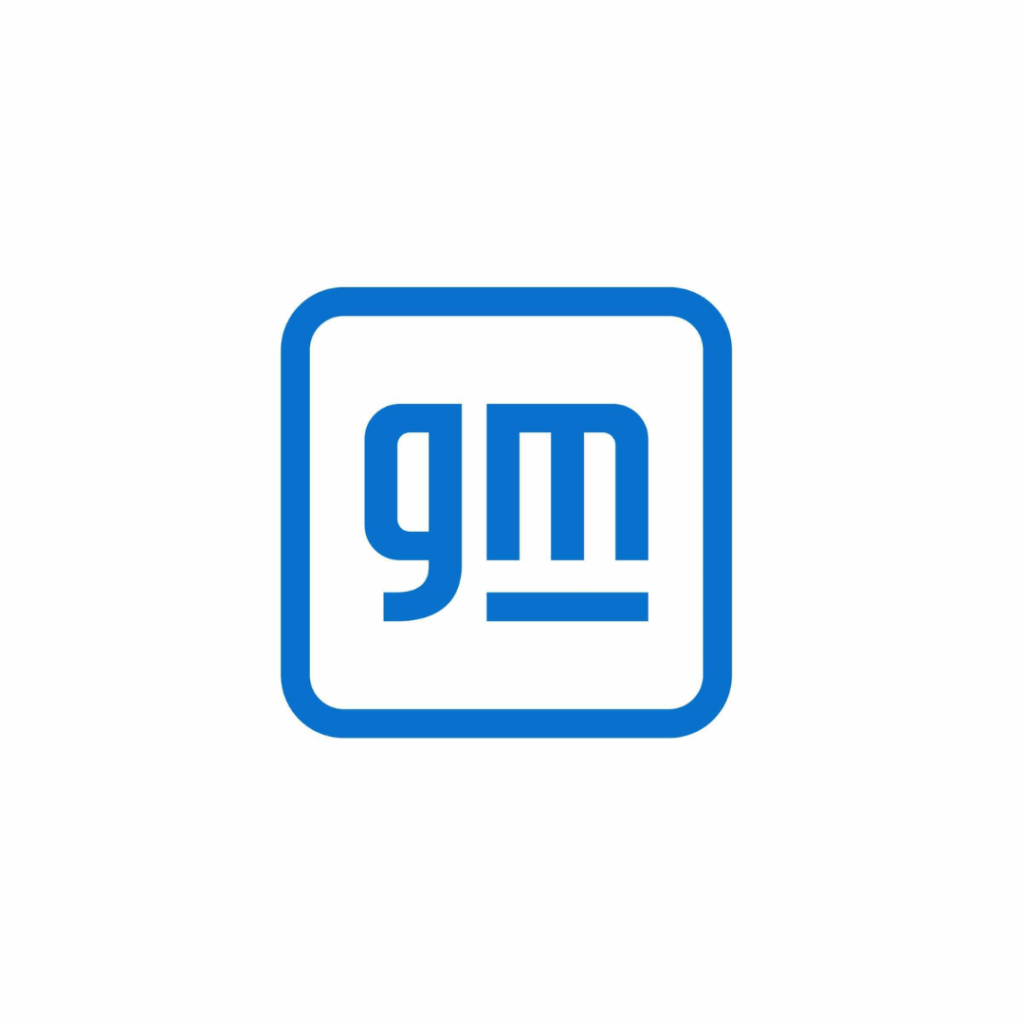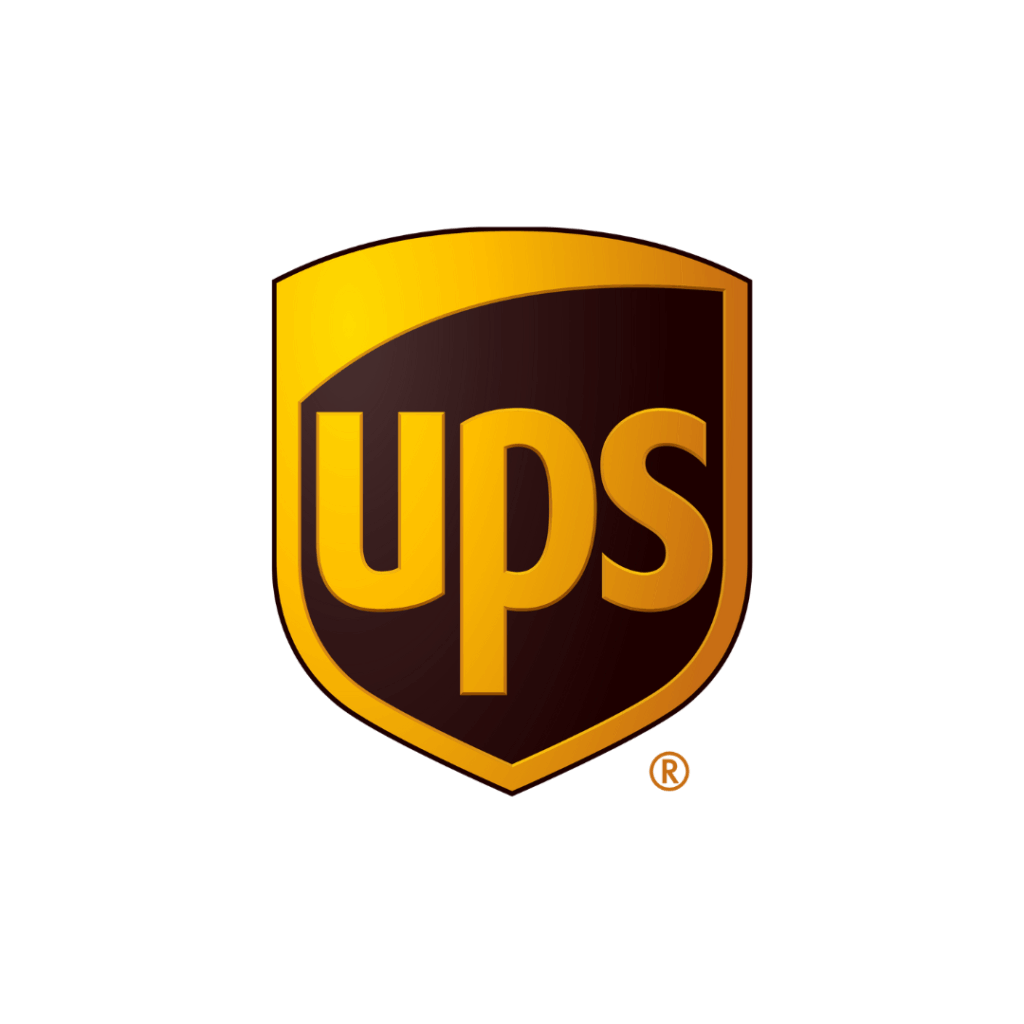You will get a clear view of salaries, benefits, and total pay so you know what to expect.
You will learn how to apply step by step, create your profile, and track your application. You’ll see the hiring stages and get tips to prep for interviews.
You’ll also find quick guidance on internships and entry-level roles.



Get a clear salary overview for Nike Jobs: See Salaries and How to Apply
Start by treating the job ad like a map. Note the pay type — hourly, salary, bonus, or stock — and the listed range.
Retail and part-time store jobs typically show hourly pay; corporate, design, and tech roles usually list annual salaries plus possible bonuses and stock awards.
Use “Nike Jobs: See Salaries and How to Apply” as a checklist: find the pay, note extras, and mark the application link.
Compare the listing to similar openings in your region. A higher range nearby often reflects local wages or demand. Read the benefits section carefully — health care, employee discount, and paid time off can shift which offer is better overall.
When you apply, be direct: create/update your Nike Careers profile, attach a clear resume, and write a short note that spells out why you fit.
Include a portfolio or work samples if requested, then track the posting and follow up politely after a couple of weeks if you don’t hear back.
Learn how Nike jobs salaries vary by role and location
Roles at Nike span retail, product, tech, design, and corporate functions. Compare apples to apples: hourly vs. salary, and the types of bonuses offered.
Location changes the story quickly — the same title in New York or Seattle usually pays more than in a smaller city because living costs are higher.
Use cost-of-living tools or local salary filters to adjust posted ranges to your town.
Check trusted sources like Nike’s salary guide and public job sites
Start with Nike’s official career pages and any salary guides they publish as your baseline. Then cross-check with Glassdoor, LinkedIn, Payscale, and recent employee reports.
Read several entries; one outlier won’t tell the whole story. If you see a big gap, check the dates and locations on each report.
Quick reminder: salaries change with experience, location, and role
Expect pay to rise with experience; senior roles and specialist skills command higher pay. Location and the business need also affect offers.
Follow the Nike application process step by step when you apply
Think of applying like lacing up your shoes: every loop should be tight and even. Read the job posting closely and match your skills to the must-haves.
If you want pay context and basic steps before you apply, search “Nike Jobs: See Salaries and How to Apply.”
Organize your materials: a clean resume (PDF), a short cover note, and any portfolio links in one folder. Rename files clearly (LastnameNikeResume.pdf).
Set a timeline: deadlines, follow-up dates, and short daily tasks — search, apply, follow up — to keep momentum.
Start by searching Nike job openings on the Nike careers site
Use filters for location, job type, and department. Narrowing to part-time, full-time, or corporate roles saves time. Read each description fully and set up job alerts so you don’t miss new postings.
Know how to apply by creating an online profile and uploading your resume
Create and complete a profile on the Nike careers portal before you apply. Customize your resume by echoing key phrases from the job posting.
Answer assessments and screening questions honestly and concisely — they’re often used to filter candidates early.
Save your application and check your candidate portal often
Save drafts while editing. After submitting, check your portal at least weekly for status updates, interview invites, or assessment requests. Prompt replies show you’re engaged.
Understand the Nike hiring process so you can prepare for each step
Treat the hiring process like a relay race: listings → apply → screenings → interviews → offer. Timing varies: retail hires move faster; corporate and design roles take longer. Use waiting time to practice answers, update examples, and continue applying elsewhere.
Keep your materials sharp: resume, portfolio, references, and LinkedIn. Tailor each resume to the role and highlight measurable wins—sales numbers, project outcomes, or design impact.
Expect screening, online assessments, phone interviews, and in-person interviews
Initial screening may be automated or a short phone call with HR. Be ready to summarize your background in a minute or two and have 2–3 examples showing fit.
Retail roles often include situational tasks and role-play; corporate roles might require work samples or technical tests.
For video or in-person interviews, structure responses: brief intro, past work, why Nike, and your questions. Dress cleanly and be on time.
Learn common steps like background checks and final offers to plan your timeline
Finalist candidates typically undergo background checks and reference calls; these usually take a few days to a week. Be honest on your application — surprises slow things down.
When you receive an offer, review salary, benefits, start date, and contingencies. Ask about salary bands, bonuses, and paid time off.
If you need more time, request a clear decision deadline and be prepared to discuss a counteroffer with data.
Prepare answers and examples for each interview stage
Use short stories that show impact: situation, action, result. Include numbers when possible. Rehearse responses to common prompts like “tell me about a challenge” and “why Nike,” and tailor each story to the job.
Compare Nike pay and benefits to judge total compensation for a role
Treat pay and benefits like a recipe: base salary, bonuses, retirement match, health plans, stock awards, paid time off, and discounts together create total compensation. Put numbers next to each item to see the full picture.
Convert perks to annual dollar values — estimate the value of a 20% discount based on how much you’ll buy and add employer retirement match.
Use conservative bonus estimates for a baseline and a best-case for upside. Search “Nike Jobs: See Salaries and How to Apply” to find posted pay ranges and application steps to stack against benefits.
Review medical, dental, vision, and retirement options
Check premiums, deductibles, copays, and out-of-pocket limits. Request sample pay stubs or a benefits calculator to see take-home pay after premiums.
For retirement plans, note the company match percentage and vesting schedule. Ask about stock awards or employee investment programs that add long-term value.
Factor employee discounts, paid time off, and bonuses into your decision
Estimate annual savings from discounts and convert paid time off into a dollar value by dividing salary by work days. Clarify whether bonuses are guaranteed, target-based, or discretionary, and use conservative figures for planning.
Use benefits details to compare jobs beyond base salary
Make a checklist: base pay, bonus potential, tax-advantaged accounts, health costs, time off, discounts, and vesting rules. Score each job against your priorities — culture, commute, and growth matter as much as cash.
Match your experience to Nike job requirements before you apply
Read the job post like a map and note must-have skills, degrees, and years of experience. If there’s a gap (for example, a CAD portfolio), decide if you can produce a quick sample or target a different role where your experience lines up.
Use clear numbers to show impact: sales up 15%, team of 6, cut processing time by 20%.
Before you submit, check resources like “Nike Jobs: See Salaries and How to Apply” so you know pay ranges and steps and can pick roles that fit your level.
Read job descriptions for required skills, education, and years of experience
Scan responsibilities and requirements carefully. If a posting lists tools like Salesforce, Adobe XD, or Java and you’ve used them, add them to your resume.
If not, consider short courses or projects to learn the basics. Highlight soft skills — teamwork, fast problem solving, and creative thinking — with examples of cross-functional work.
Highlight relevant accomplishments to show fit
Pick two or three accomplishments that match the job and frame them with numbers and context. Led a team of 8 to raise weekly sales by 18% during a promotion is stronger than improved sales. Use active verbs and keep it honest.
Tailor your resume and cover letter to the specific role
Mirror the job post language and prioritize the most relevant work. In your cover letter, lead with one crisp achievement tied to the role and explain how you’ll apply that skill at Nike. Keep both documents tight.
Explore Nike internship salaries and entry-level roles to start your career
Treat a Nike internship like a fast pass into the company: pay and perks matter, but the work and learning opportunities often matter more.
Some internships lead to full-time offers. Salaries vary by job and location; corporate, design, and tech internships typically pay more than store or warehouse roles. Consider cost of living where you’ll work.
Know that Nike internship salaries vary by location, length, and program
Location, program type, and duration drive pay differences. Specialized roles like software engineering or product design usually pay higher rates. Ask HR how pay is calculated and whether housing or travel assistance is included.
Search Nike Jobs: See Salaries and How to Apply listings for internship openings and campus recruiting
Start at Nike’s careers site and use filters for internships, location, and discipline. Save searches and set alerts for campus recruiting windows. Also check Handshake, LinkedIn, and career fairs.
When searching, include the exact phrase “Nike Jobs: See Salaries and How to Apply” to find guidance pages and current listings with salary details.
Apply early and include a portfolio or transcripts when requested
Apply as soon as applications open and tailor each submission. If a role asks for a portfolio, upload clear samples showing your process and results. Include unofficial transcripts when requested so HR can verify coursework and GPA quickly.

